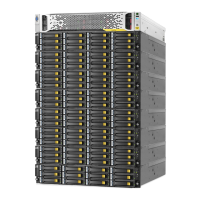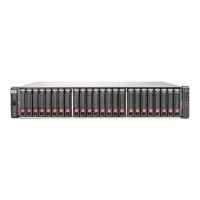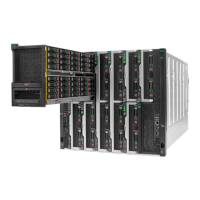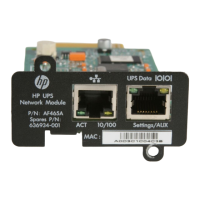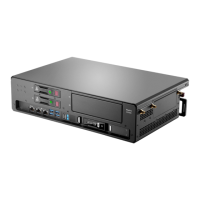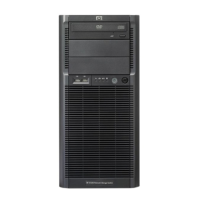Port sets
• A port set defines the physical 1 Gbit and 10 Gbit Ethernet ports that you intend to connect
to your network.
• A port set also defines the network bonding mode (1, 4 or 6) for the ports and whether they
are VLAN enabled. (VLAN tagging enables more subnets to be accessed without extra NIC
host bus adapters.)
• At least one Port Set must be configured to support connection to the StoreOnce Management
CLI and GUI. Further Port Sets may be defined, according to the number and type of physical
ports still available and how they are bonded.
• Each Port Set will have at least one Subnet.
• If the Port Set is not VLAN enabled, it may be configured with one Data Subnet that uses the
IPv4 protocol and one Data Subnet that uses the IPv6 protocol. (This configuration is sometimes
referred to as a dual stack configuration.)
• If the Port Set is VLAN enabled, multiple virtual subnets (IPv4 and IPv6), up to a maximum of
128 for the whole system, may be attached to a single Port Set. If VLAN enabled, a Port Set
cannot use bonding mode 6.
• StoreOnce software version 3.13.x and later allows you to define the amount of data contained
in an Ethernet frame, the default it 1500 bytes. Larger size frames, often referred to as "Jumbo"
frames, can improve performance of the Port Set; the maximum is 9000 bytes. Smaller frames
are also supported; the minimum is 1280 bytes.
IMPORTANT: Other devices on the network (clients and switches) must also be configured
to enable Jumbo frames for transfer of frames larger than 1500 bytes to be possible and to
avoid packets fragmenting or dropping.
Subnets
Subnets define the network paths used by clients to access the StoreOnce Backup system for Backup
and Management, and the network paths that are used for StoreOnce Catalyst Copy and
Replication.
• Subnets are attached to each Port Set that is configured. Both IPv4 and IPv6 address protocols
are supported. Single-node systems also support DHCP. See Network configuration subnet
fields (page 56) for more details.
• IPv6 is supported for backup to all StoreOnce Catalyst stores, replication and Catalyst Copy,
and for appliance management. It cannot be used for backup to VTL or NAS shares (CIFS or
NFS).
• If multiple Subnets are defined, one (and only one) Subnet for each protocol, IPv4 and IPv6,
must always be designated as the default Subnet for routing traffic to IP addresses that are
not within the configured Subnets.
• StoreOnce software version 3.11.0 and later provides support for Data In Flight Encryption
using the IPsec protocol. This can only be configured using the StoreOnce CLI. For instructions
on configuring encryption on the StoreOnce Backup system, see the HP StoreOnce CLI
Reference Guide.
The following diagram provides a simplified overview of the hierarchy within a network configuration
for a StoreOnce Backup system.
Network configuration basics 31
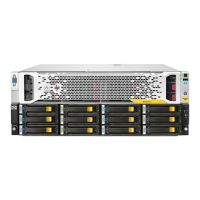
